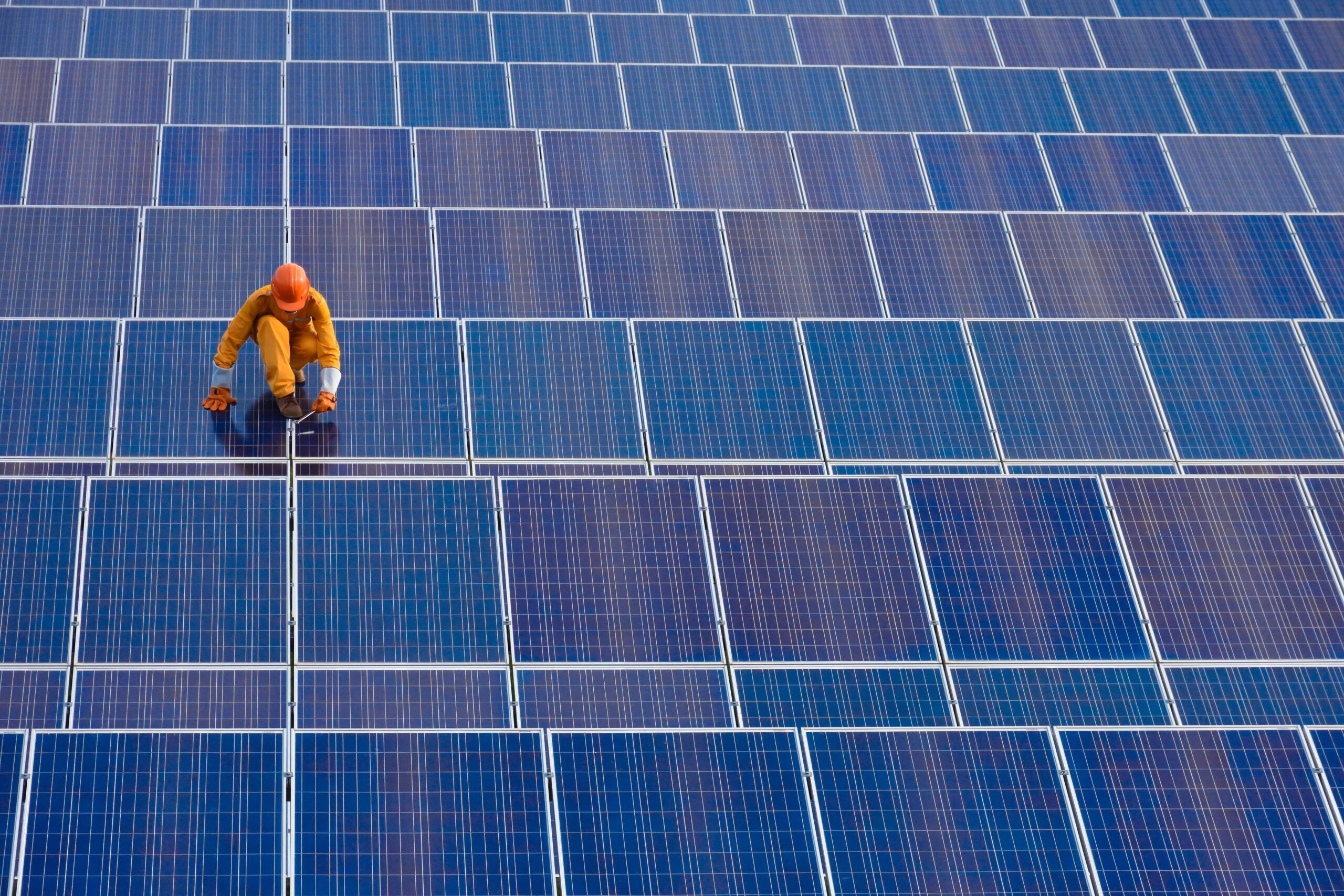
Google’s Project Sunroof tool has launched in the UK, allowing homeowners to work out how much money they could save by installing solar panels on their homes.
With the aim of “mapping the planet’s solar potential, one roof at a time”, the “personalised solar savings estimator” uses Google Earth and Google Maps imagery to analyse the shape of a roof, as well as local weather patterns, electricity prices and sun positioning, to estimate how much money could be saved over time by installing solar panels.

Access deeper industry intelligence
Experience unmatched clarity with a single platform that combines unique data, AI, and human expertise.
Google, which is partnering with energy provider E.ON and software provider Tetraede on the project, claims that the tool is so accurate that it can even assess the impact of shade from a single tree on the “solar output potential” of a particular property.
Initially launched in Boston, San Francisco, and Fresno in 2015, the project plans to eventually expand nationally and then globally.
Google is not alone in developing tools to help users understand the potential of solar energy. A similar initiative to Project Sunroof was launched by IKEA last year, with an online calculator enabling customers to work out how much money they could save by switching to solar by entering their postcode. Tesla also introduced a similar solar energy calculator last year.
This month, Nissan launched Nissan Energy Solar, which combines solar generation with an energy storage system.

US Tariffs are shifting - will you react or anticipate?
Don’t let policy changes catch you off guard. Stay proactive with real-time data and expert analysis.
By GlobalDataHowever, such privately led initiatives have come at a time when UK Government budget cuts have been linked to a decline in the adoption of solar energy technologies.
Renewable energy investment is in decline
Large-scale renewable energy projects mean that the UK now generates a third of its electricity from renewable sources. Britain’s recent heatwave, including the hottest May bank holiday ever recorded, set a new record for solar power, with panel installations powering an estimated 28.5% of the country’s electricity.
However, the latest figures for low-carbon energy investment show that there has been a “dramatic and worrying collapse” since 2015. According to a recent report from the UK Environmental Audit Committee, investment in clean energy fell by 10% in 2016 and 56% in 2017, with spending at its lowest since 2008.
In 2012, the UK Government announced that four million homes across the UK would be powered by the sun by 2018. With an estimated 800,000 homes currently using solar PV electricity panels in the UK, this target has been missed by a considerable margin.
According to figures from The Solar Trade Association, the number of new solar panels installed in the UK fell by 81% between 2016 and 2017.
A lack of government support for solar power
This worrying trend has been linked to the withdrawal of government support for solar power in 2015, with the 65% cut to feed-in tariffs — that were designed to encourage householders to install panels — contributing to this decline in renewable energy investments.
Growth in independent renewable energy projects has slowed as a result, with a 20% decline in the funds spent on such projects between 2016 and 2017.
Progress in large-scale solar installations has also slowed in the last few years, with a 65% drop in the number of large-scale schemes in 2017. An 800% tax increase for rooftop panels introduced in the same year also hit businesses that have panels installed.
Although the UK is a world leader in renewable energy, a lack of government investment is in danger of stalling progress for solar power, posing a challenge to the likes of Project Sunroof.
In a statement, Greenpeace UK said: “There is certainly enough sunlight in the UK (we get about 60% of the sunlight received at the equator) to make investing in solar worthwhile, as has been demonstrated by the construction of large-scale solar projects in Cornwall and Lincolnshire.
“However, since the government slashed its support for the solar industry in 2015, the UK has seen a dramatic fall in the rate of roll out of solar PV panels. This short-sighted move has also triggered thousands of job losses in the solar industry.
“Greenpeace is calling for the British Government to urgently review its support for the solar industry, for the sake of the climate and for the impact it has had on the growth of clean energy industry jobs in the UK.”







